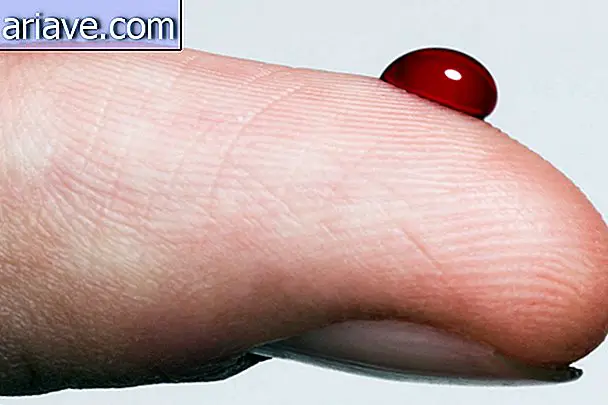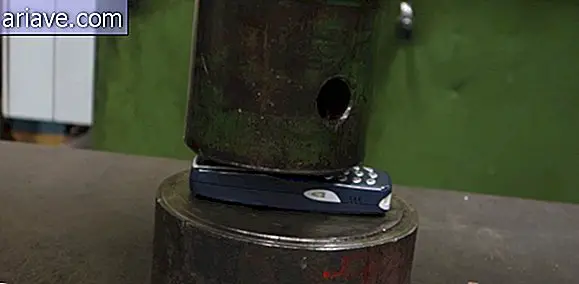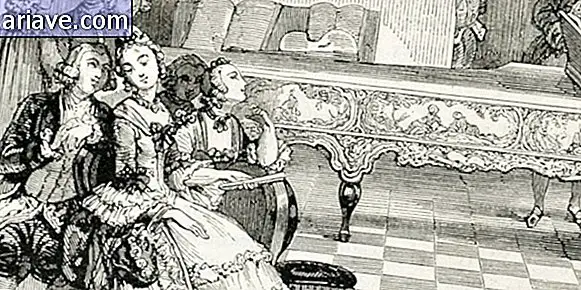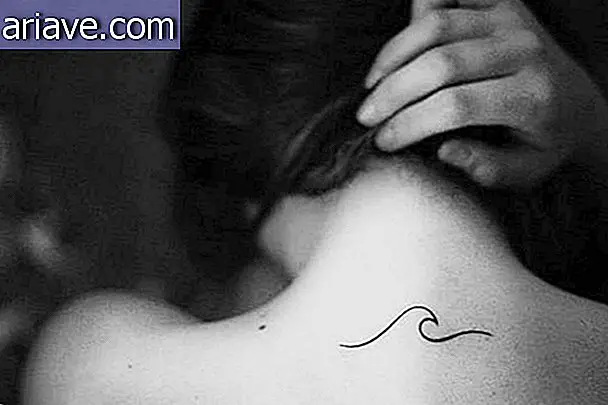What is, what is? Guess what these photos are

The images you will see below are the 2012 winners of the annual photography contest hosted by the Welcome Trust Foundation in England, which raises funds for medical research.
This year's theme was "Get Closer to Science", and the photographs feature structures in the order of micrometers, that is, the thousandth of a millimeter, really doing justice to the regulation. Try to guess what are the microscopic structures captured by the participants.
Alien Orange Tree?

In fact, the image above, captured by Annie Cavanagh and David McCarthy, is a lavender leaf, recorded at 200 microns in size. This plant, native to the Mediterranean region, is a species of aromatic shrub that, instead of yellow fruits, only produces small blue or lilac flowers.
Fireworks?

What appear to be a series of beautiful bursts of fire are actually oocytes from an African frog used in research on cell and biological development. The structures were photographed by Vincent Pasque of the University of Cambridge and measure between 800 and 1, 000 micrometers in diameter.
Radiograph of a snake?

Captured by Kuan-Chung Su and Mark Petronczki of the Cancer Research Institute, the figure shows a cancer cell in the process of cell division. To achieve the effect, the researchers used the microscopic time lapse technique. The cell right in the center of the image is 20 micrometers in diameter.
Multicolored feathers?

The structure of this image is probably one of the most consumed drugs in the world. Photographed by Annie Cavanagh and David McCarthy, the above filaments are 40 micrometer long caffeine crystals.
The sun photographed by NASA?

The bright circle in the above photograph is not about any NASA disclosure about new solar flares. In fact, it is a chicken embryo, photographed by Vincent Pasque of Cambridge University, two days after fertilization.
This one is easy!

The image above, captured by Robert Ludlow of the UCL Institute of Neurology, was the grand overall winner of the contest, recording the cortex of an epilepsy patient. The photograph was taken moments before a medical procedure that measures the brain's electrical activity.
Source: Welcome Trust Gallery











